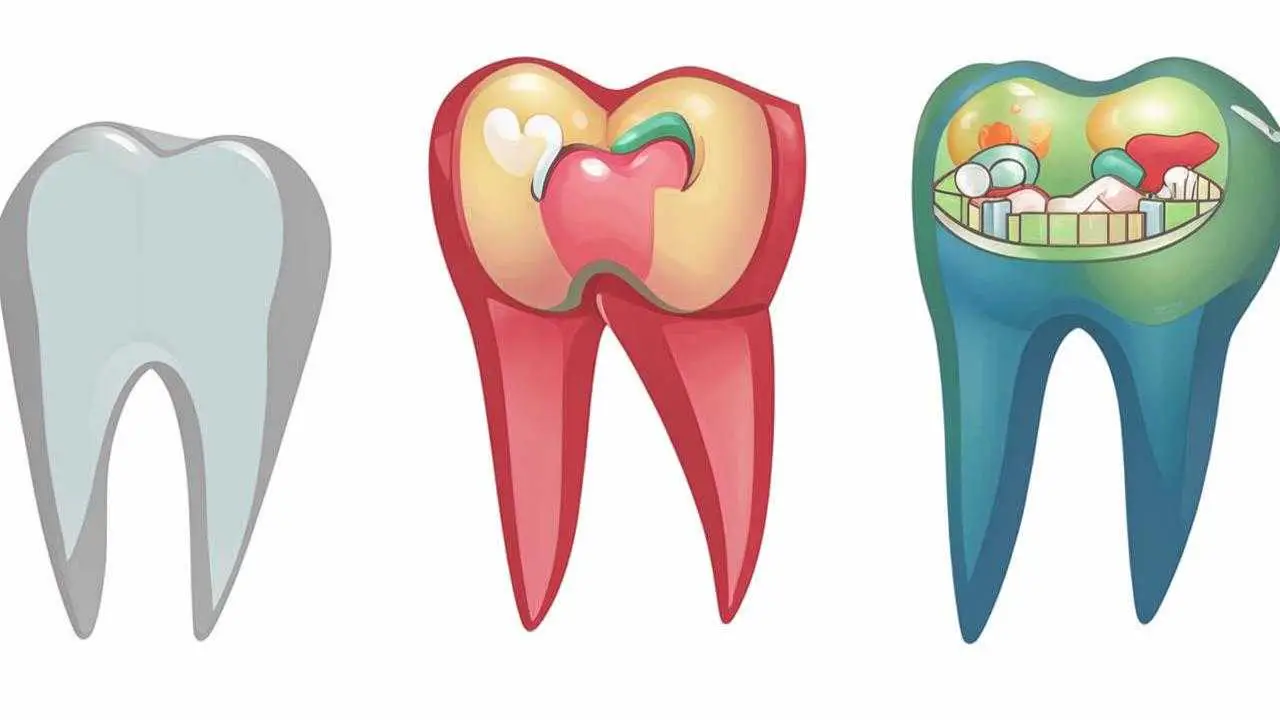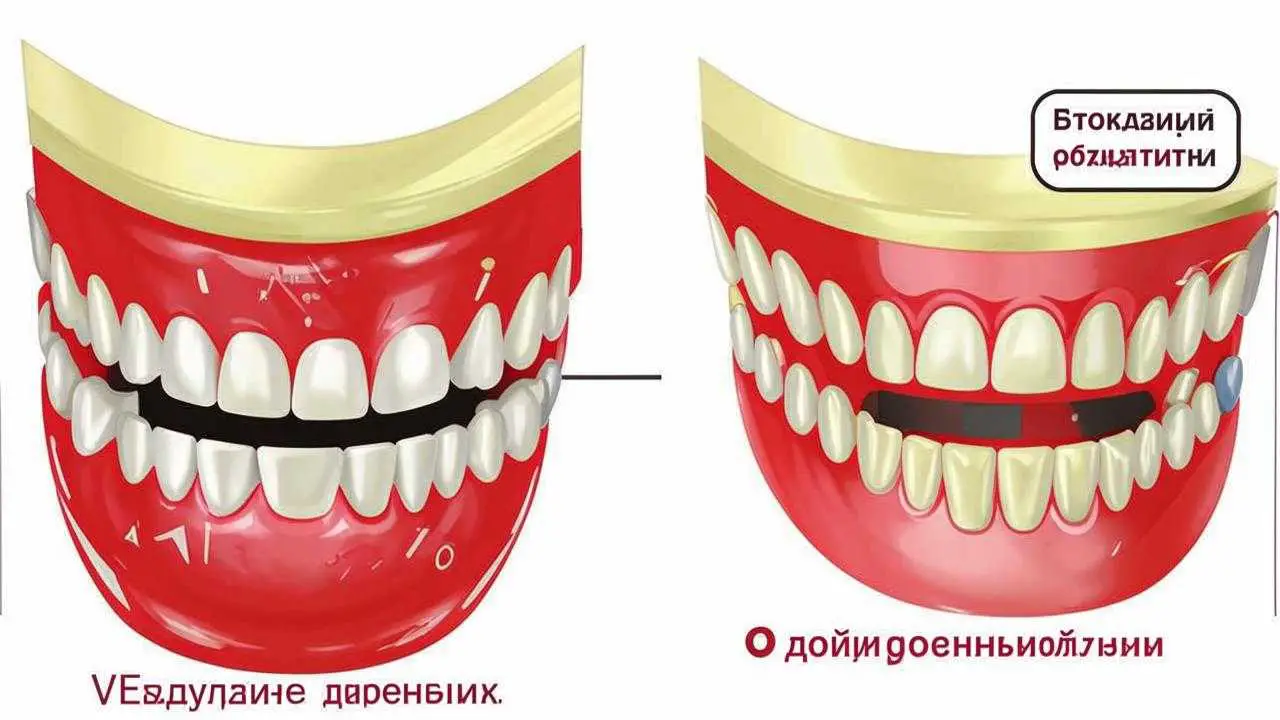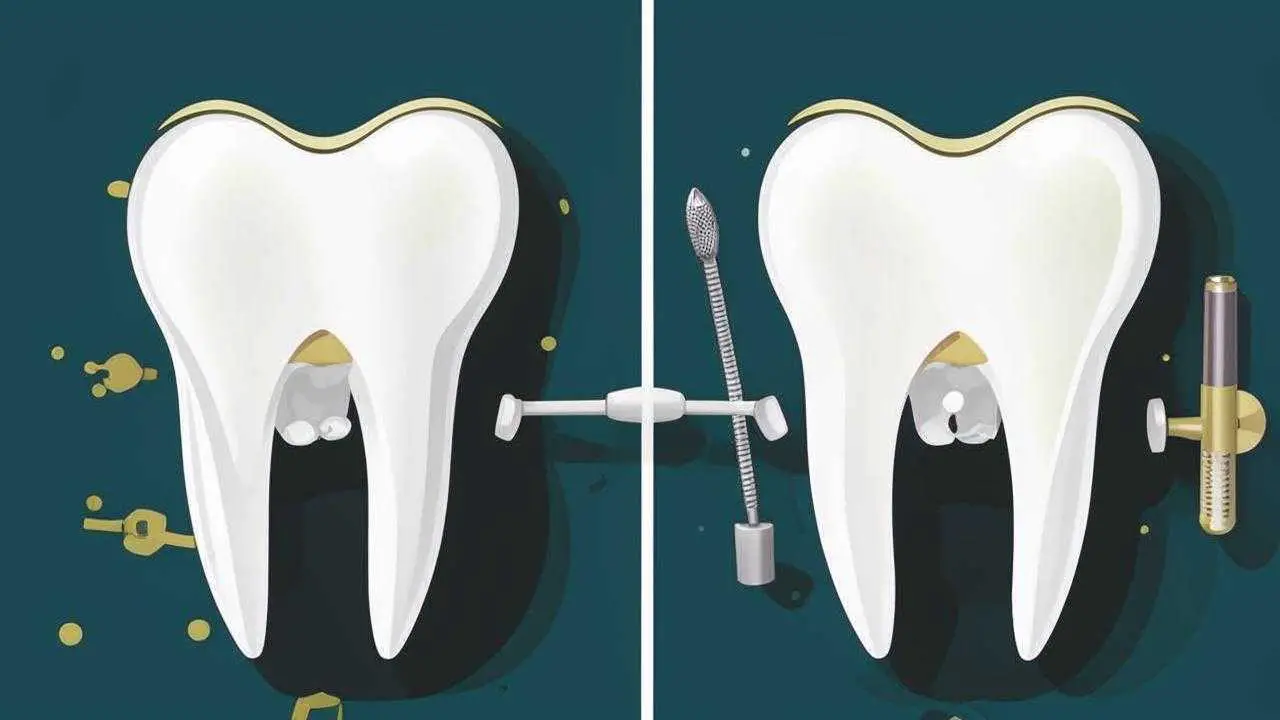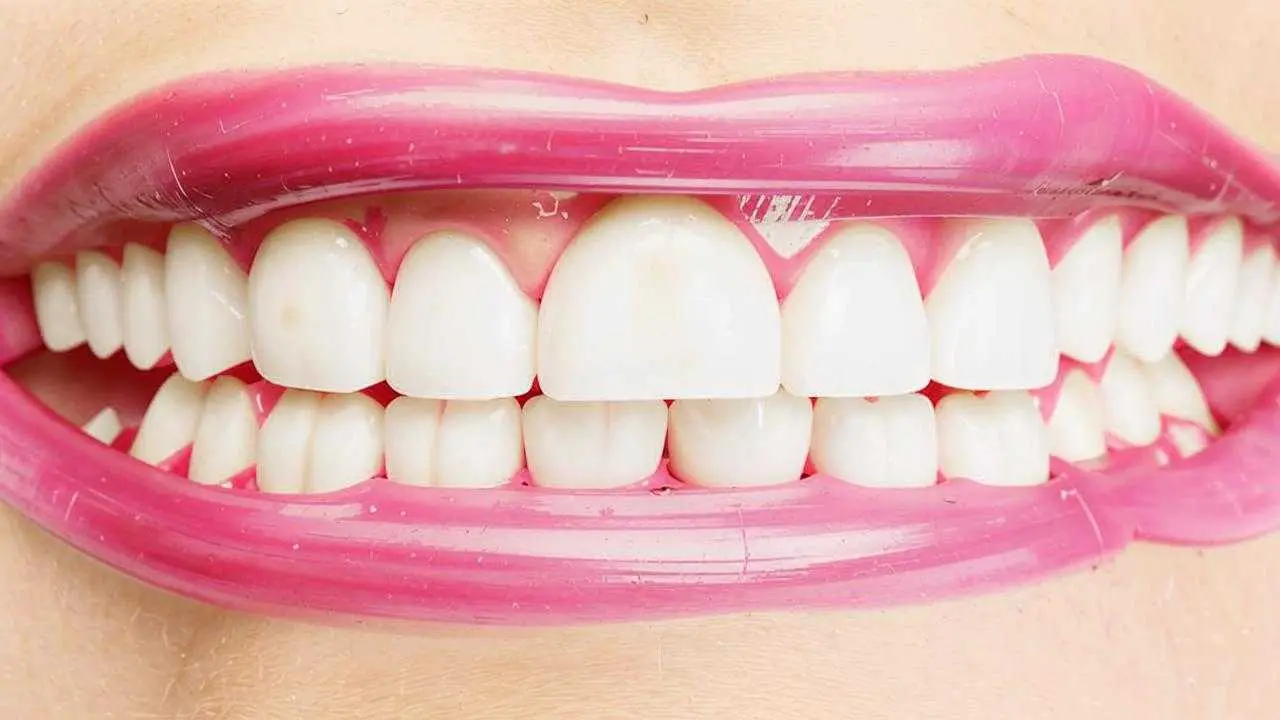People come to the dental clinic not only for the treatment of teeth, but also for their beauty. Most often, aesthetic restoration is used for the front teeth. And this is logical. They are the ones that are visible when smiling. And, if something is wrong – a person is embarrassed to smile, becomes clenched, feels discomfort. Artistic restoration of teeth will quickly correct this moment, thus improving the quality of life of the patient, giving confidence in himself, in his appearance.
Aesthetic restoration of teeth allows you to get a beautiful smile for a long time.
Reasons for dental restoration
There can be a lot of problems to address, but we will emphasize the main ones:
- chipped tooth edges;
- cracks;
- gaps and gaps between teeth (cracks, diastemas);
- anatomical peculiarities – narrow teeth, wedge-shaped defect;
- tooth decay;
- enamel color is dark or heterogeneous;
- impossibility to place a filling, due to a large cavity and lack of tissue.
That is, dissatisfaction, with the symmetry, color, location, or results of trauma to the tooth.
Restoration of a broken tooth
First, the doctor evaluates the injury:
- The extent of the tooth loss. Whether only the top portion is affected or if the root is broken. Ultimately, a decision is made as to whether the broken tooth can be restored or if there is a risk of complete destruction. In such cases, the tooth usually has to be extracted and then replaced with a denture.
- Direction of the chipped tooth. The chipped tooth may only require grinding or the use of a light material to restore it.
- Whether the nerve is affected. If it is affected, canal treatment should be performed, and after a recovery period, a restoration procedure should be started.
- Which tooth. Restoration of lower teeth is characterized by the use of extra-strong materials – their abrasion rate is higher, so is the load when chewing.
Stages of aesthetic restoration of a broken or chipped tooth:
- Sanation of the oral cavity, complex measures including professional cleaning of teeth, treatment of caries, periodontitis, etc.
- Diagnosis using x-rays to assess the extent of chipping and fracture.
- Restoring the shape of the broken tooth using the chosen method.
- Polishing.
- Enamel regeneration.
Methods of restoring a broken tooth
The tooth restoration plan depends on the restoration method and material.
A tooth loss of more than 50% may require a crown, dentures, or microprosthetics. These can be:
- Ceramic, metal-ceramic, etc. A proven way to restore a tooth. Not only the color, but also the material is selected at a cost that the client expects.
- القشرة. Restoration is popular for front teeth. Overlays made of composite material or ceramic up to 1 mm thick are indistinguishable from your own teeth.
- لومينيرز (up to 0.3 mm thick) and the Russian analog ultraniry (slightly thicker). Much more expensive than veneers.
Restoration with fillings (artistic restoration and augmentation) – the service is inexpensive in price, but is suitable for small chips. Quick method, direct – in one visit, the patient has all the work done with light material.
Pros: good service life, durability, aesthetics, affordable cost of tooth restoration. But has a disadvantage – shrinkage when drying.
If only the root of the tooth remains and a large loss of the crown part, pins are used, which are inserted into the root canals, they are used to build up or put on the crown. Sometimes the doctor combines inlays and crowns with fillings, doing everything to save the tooth.
If the tooth cannot be restored, it is extracted and prosthetics, removable dentures, and implants are used.
Restoration of gaps between teeth
Restoring the aesthetics of teeth often requires such problems as gaps, gaps between teeth (in medical terminology – diastemas and tremors) or wedge-shaped defects.
Methods of restoring gaps between teeth
Depending on the amount of distance between the teeth and other factors, you can choose from orthodontic treatment (braces, mouth guards), surgery, prosthetics, or composite (artistic) restoration. Let’s consider the last option.
Artistic restoration of teeth with composite material directly at the appointment for one visit (direct method) allows you to change the shape of the tooth, its color and make the smile more harmonious.
Pros: fast, painless, no need for tooth grinding.
Minuses: due to the porous structure change color after a few years, require periodic polishing and fluoridation. Service life – 5 years.
Restoration with the help of veneers (lumineers) – these are ceramic onlays that replace the outer layer, the surface of the tooth. It is performed by indirect method, so the patient needs several visits to the clinic. At the first appointment, the teeth are ground and impressions are taken. In the laboratory, the technician makes ready-made individual veneers.
Pros: excellent resemblance to your own teeth, durability (from 10 years), strength, solves the problems of several teeth at once.
Minuses: you have to grind the enamel, several visits to the doctor, after veneering – only prosthetics.
Lumineers are much more expensive, used for minimal defects, a big plus is the fact that it is not necessary to grind the top layer of the tooth. They are used for a “Hollywood smile”.
Direct and indirect dental restorations
Direct and indirect dental restorations are methods of restoring the hard tissues of the tooth. The restoration is customized to the anatomy, morphology, and function of the tooth. The main differences between these techniques are the material from which the future restoration will be made, the technique of execution and, as a consequence, the durability and aesthetic appearance.
In direct restorations, light-cured composite materials are used, while in indirect restorations all-ceramic or all-zirconia blocks are used.
The advantages of ceramics over composites are obvious. Numerous studies have shown that ceramics is not prone to staining, abrasion, does not absorb odor and prevents the formation of plaque due to its perfectly smooth surface.
Direct cosmetic dental restorations take a little time, from 1 to 2 hours, while indirect, ceramic tooth mold restorations take a few days to complete.
When a direct restoration is needed and when an indirect restoration is needed
Direct restorations are indicated for minor amounts of tooth hard tissue damage. Such as:
- decay;
- lesions on the proximal surface;
- cracks and chips within the enamel layer.
Indirect restorations are indicated when:
- Restoration of 50% or more of the destroyed tooth tissue;
- Bite disturbance due to pathologic abrasion;
- orthopedic rehabilitation after orthodontic correction;
- increased requirements of the patient to aesthetics;
- if it is desired to obtain a long-term predictable result.
Materials:
For direct restoration, doctors of the modern clinic use light-cured composite from the group of nanohybrids.
For indirect restorations, all-ceramic blocks and all-zirconia disks and blocks are used.
It is very important that the center, clinic of Moscow, where the patient turns to work with proven manufacturers of quality dental material.
Requirements to materials for dental restoration
Both aesthetic and artistic restoration of teeth cannot be performed with any filling material. Despite the fact that there are a large number of them and they are all high-tech.
The important properties of the restorative material are:
- best adaptation to the tooth tissue;
- long working time. The dentist should have enough time for artistic modeling and restoration of teeth;
- high strength and durability;
- low shrinkage, no shrinkage. Not to shrink much during photopolymerization;
- possess fluorescent properties. Maximally match the degree of fluorescence of the tissues of your own teeth. Otherwise, we will get black spots in the neon light instead of beautiful restorations and fillings.
Tooth-colored restoration
To this type of restoration of teeth includes their whitening, lightening by several tones. Each clinic has its own methods of whitening, its own means, which can be used only under the supervision of a dentist. And by no means independently at home. From the type of gel asset, you can get professional whitening 8-10 tones lighter in just 1 hour. You can opt for laser whitening.
It should be known that if it is planned to whiten teeth in the smile area, then all the fillings in it should be replaced. Since the filling material is not whitened. For the same reason, if there are carious lesions on the teeth of the front group, it should be taken into account that restoration and filling are carried out a few weeks after the whitening procedure. Not earlier than 2 weeks – this is how long it takes for the teeth to show their final “native” color.
In order for the restoration to be successful, you should have a professional oral hygiene before it. This will allow the doctor to 100% determine your natural tooth color, which will give you a great result.
It is very important – before starting aesthetic and any other dental restoration to discuss and agree with the doctor about the final result. Not only the patient’s expectations after restoring the aesthetics, but also the prices depend on it.
Wishing to get the smile of your dreams for a long time, contact only a proven center of dentistry in Moscow, with good reviews and reputation.



